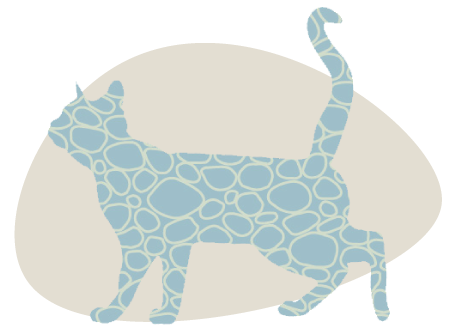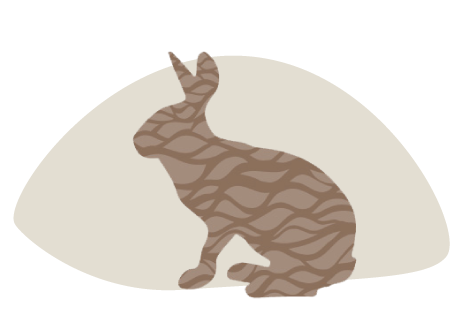Neutering
With animal charities dealing with hundreds of thousands of unwanted pets each year, and the lifetime cost of looking after a cat estimated to be in the region of £8,000, responsible owners know that it makes sense to avoid unwanted pregnancies. Unless you are specifically planning to breed from your cat, we therefore recommend that you have him / her neutered (removing the reproductive organs).
In males the procedure is called ‘castration’ – we remove the testicles and the spermatic cord so that your cat cannot father any offspring. Castration also removes the risk of testicular cancer. The testicles are the main producer of the hormone testosterone, which can influence behaviour. By removing them, the level of testosterone in the blood is reduced, which should lower the chance of your pet straying and reduce dominant behaviour such as fighting, leg mounting and spraying.
In females the procedure is called ‘spaying’. We remove the ovaries and the womb (the uterus) so the female can’t produce any eggs, come into season or become pregnant. The ovaries are the main producer of the hormone oestrogen – removing them results in more docile behaviour and a reduced chance of straying. Spaying also removes the risk of:
- Ovarian cancer, as well as reducing the risk of mammary (breast) cancer later on in life
- Pyometra – a serious infection of the womb
Both spaying and castration are routine procedures and we carry out hundreds of them every year. Most cats go home the same day and we then see females two to three days later to ensure that the incision is healing well.



